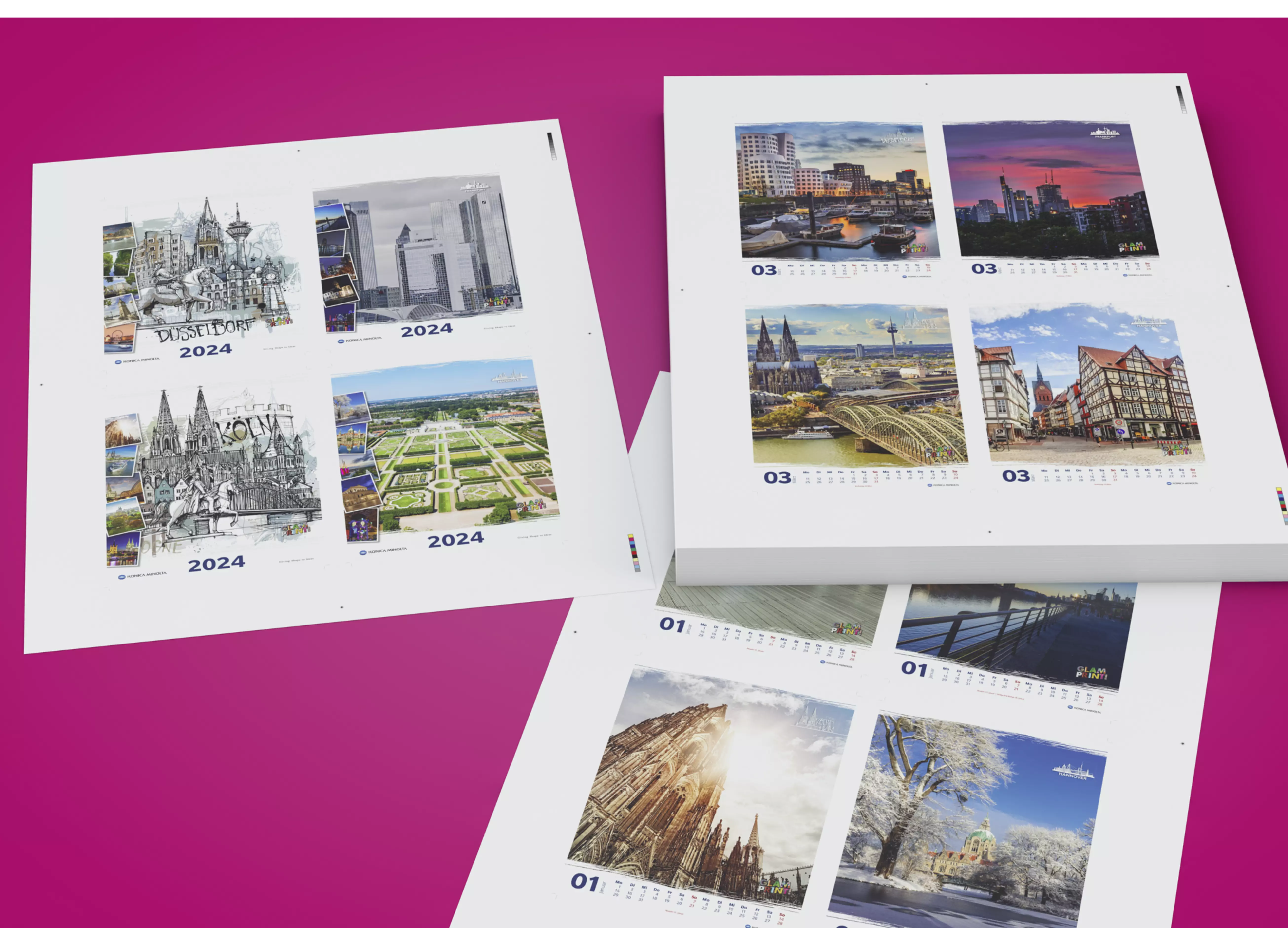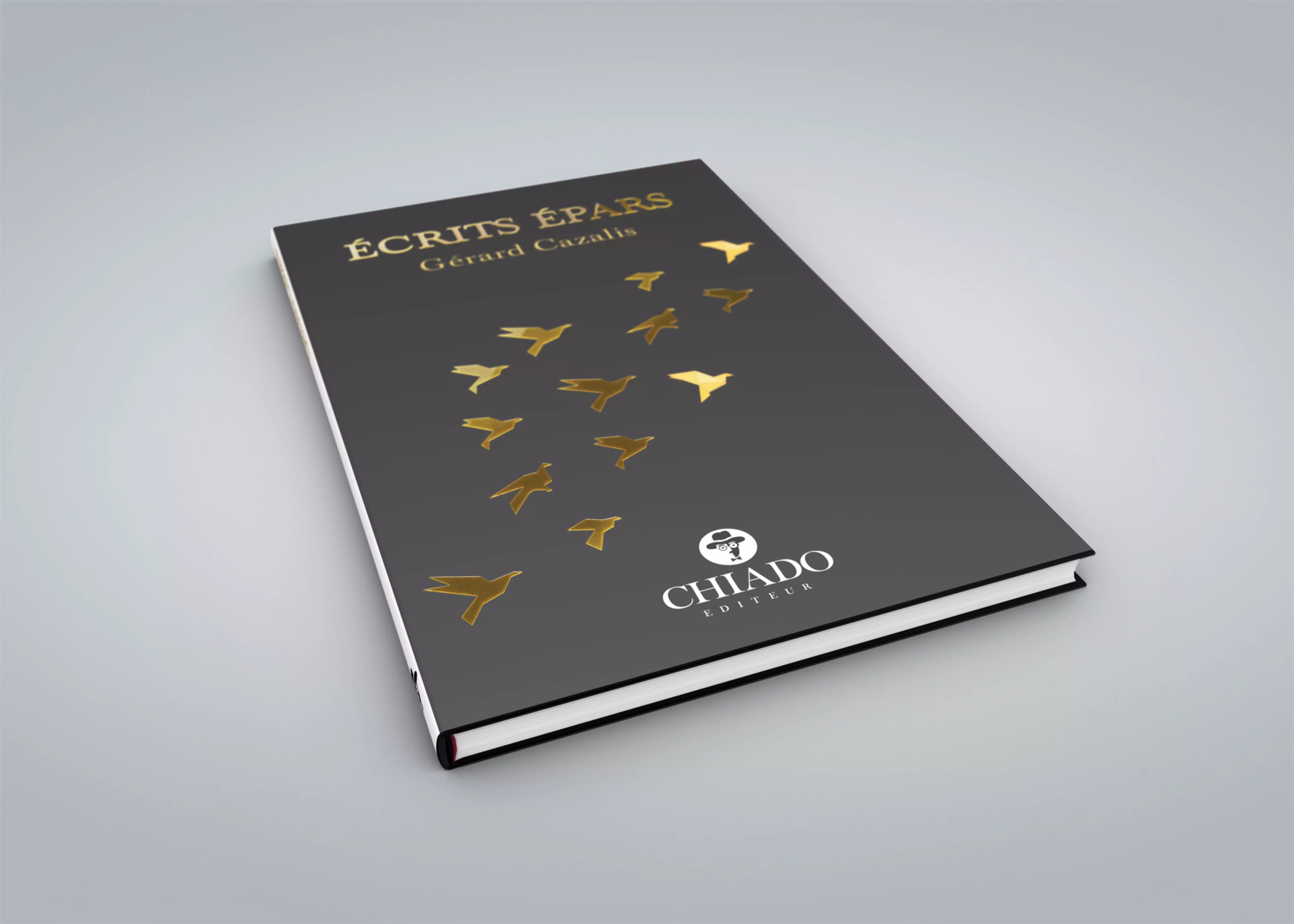Our love of physical books is unshakable. Despite the growth of eBooks and audiobooks the majority of us avid readers continue to enjoy this medium for our reading experience. A Pew Research Center survey confirms this. It found printed books remain the most popular format for reading with 65% of US adults saying that they had read a printed book in the previous 12 months.
Latest book industry figures agree. Statista predicts revenue for physical book sales will reach US$69.44bn this year compared to just US$14.61bn for eBooks sales, such as Kindle books. Interesting too, is the average revenue per user. For physical books it is expected to amount to US$37.95 by 2029 compared to just US$14.18 for ebooks.
Not only are readers more likely to prefer a physical hardcover, softcover, or textbook, we are happier to spend more doing so - even in this digital age.
What it is about printed books?
There are a number of reasons many people prefer this format rather than eBooks. They include:
Interacting with a traditioal book is enjoyable for the reader. When we hold a book and turn its pages, apart from the obvious sense of sight, we also engage our senses of smell, touch, and hearing. Old books have a sweet smell with notes of vanilla flowers and almonds, which is caused by the breakdown of chemical compounds in the paper, new publications have the rich, fresh ink aroma. That is why visiting the bookstore and library can be such an enjoyable tactile experience. The multiple activation of the senses is something e-readers cannot achieve.

Book printing on demand
With traditional publishing the emphasis was on publishers having to predetermine how many copies of a book to print. This could prove risky and result in significant financial loss if the books didn’t sell as planned.
With print-on-demand:
only what is ordered is printed - eliminating guesswork and the potential for overproduction,
there is also no need to warehouse and waste unsold inventory,
costs can be integrated into the price of each copy,
titles can be published with no need for large investments.
By introducing a new workflow print on demand offers a more streamlined process. A book is only printed when it is ordered. There are also faster turnaround times with the books sent directly to the customer. The process can more agilely respond to fluctuations in market demand.
For small publishing houses that may not have the financial resources of larger firms, it is easier to be competitive in the marketplace. There are no upfront costs, risks are reduced, they can manage a broader range of titles, support self -publishing, or they can print books that don’t have mass-market appeal but still have a passionate readership. Printing closer to the end-user can also reduce shipping costs and lower the publisher’s carbon footprint.
Secure you share of the print on demand market

The pros of old-fashioned printed books far outweigh the cons, keeping them a firm favourite for readers. The benefits of physical books as opposed to e-readers are easily recognised by all age groups, whether we are digital natives or not. No matter what the options our reading habits draw us back to physical books.
Print service providers should consider offering a service that delivers on:
Quality of Print: Ensure high-resolution, vibrant colour printing or a luxurious grayscale for black-and-white publications.
Customization: Help publications stand out and attract attention by offering a variety of enhancements and variations whether that is in design, substrate choice, size or covers.
Speed: Consider timely delivery and how your hardware and software solutions can drive a faster and more efficient process.
Sustainability: Introduce ink and paper choices that reduce environmental impact. Also adopt technologies that have a responsible approach in their productions and operation.
To explore how on-demand publishing can be supported by our AccurioPress hardware solutions and begin you next chapter of success contact one of our specialists. Contact us | KONICA MINOLTA




